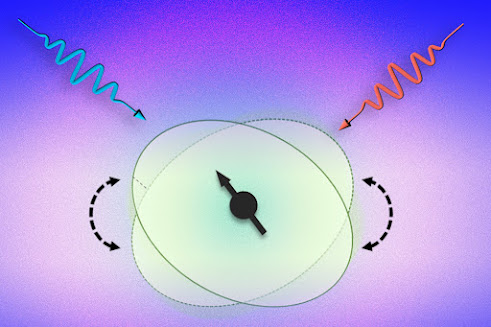 |
| Nuclear magnetic resonance shows the structure of a natural protein called lanmodulin, which binds rare earth elements with high selectivity and was discovered 5 years ago by Penn State researchers. Researchers recently genetically reprogramed the protein to favor manganese over other common transition metals like iron and copper. Illustration Credit: Courtesy Cotruvo Lab | Pennsylvania State University (CC BY-NC-ND 4.0) |
A new biosensor engineered by Penn State researchers offers scientists the first dynamic glimpses of manganese, an elusive metal ion that is essential for life.
The researchers engineered the sensor from a natural protein called lanmodulin, which binds rare earth elements with high selectivity and was discovered 5 years ago by some of the Penn State researchers involved in the present study.
They were able to genetically reprogram the protein to favor manganese over other common transition metals like iron and copper, which defies the trends observed with most transition metal-binding molecules.
The sensor could have broad applications in biotechnology to advance understanding of photosynthesis, host-pathogen interactions and neurobiology. It could also be potentially applied more generally for processes such as separation of the transition metal components (manganese, cobalt, and nickel) in lithium-ion battery recycling.

.jpg)















.jpg)
.jpg)



.jpg)

